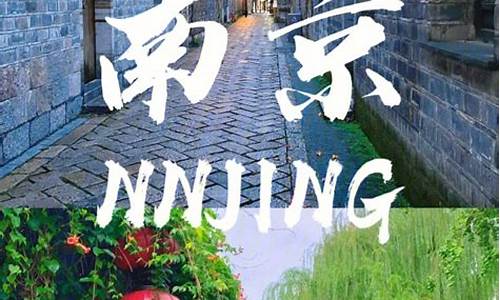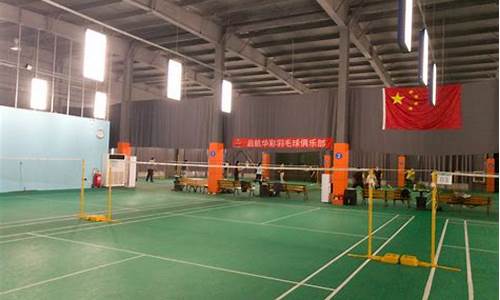大理旅游会被宰吗_大理旅游景点破坏

大理古城DaliAncientCity英文导游词
大理古城在唐、宋500多年的.历史间是云南的政治、经济、文化的中心,在古城内分布了14处市级以上的重点文物保护单位,承载着大理历史文化、宗教文化、民族文化,是大理旅游核心区。
Dali Ancient City is 13 kilometers (8.1 miles) away from Xiaguan in Dali City, Yunnan Province and is one of the 'Three Ancients' (Ancient Cities, Ancient Pagodas and Ancient Steles) of the Dali Scenic Spot. It can be dated back to the year 1382 during the Ming Dynasty (1368-1644) and has been among the top listed historical cities of China since 1982. With Erhai Lake to the east, and Cangshan Mountain to the west, its grand city wall, traditional Bai ethnic minority folk houses and marvelous scenery have been attracting many visitors.
According to literature, Dali Ancient City was a gateway to the Silk Road in Southwest China, and also served as a seat of government and a major military barracks for Yunnan Province in ancient times. It enjoyed magnificent scale, with a wall length of 6 kilometers (3.73 miles), a height of 7.5 meters (24.6 feet) and a thickness of 6 meters (19.7 feet). There were four city gates facing west, east, north and south, upon which sat a gate tower. Four further towers were also placed at the four corners of the city wall. As it underwent many phases of prosperity as well as decline, only the city base remains till today. We can explore the mystery belonging to that period of history, especially through witnessing some parts of the city wall, the North City Wall Tower and the South City Wall Tower which were restored in 1982. The city layout was uniform, with five main streets from south to north and eight main streets from east to west, while marketplaces were neatly arranged within the city, which has remained unchanged to this date.
The traditional Bai ethnic minority folk houses give the city distinctive feel, unlike any other Chinese city. A typical house is characterized by '3 rooms and a wall screening' and '4 joints and 5 courtyards'. '3 rooms and a wall screening' means that every house has a principle room and two wing-rooms and facing the principle room stands the wall screening. When the sun shines on the wall screening in the afternoon, the sunlight is reflected back to the courtyard, thus illuminating the whole area. '4 joints and 5 courtyards' means houses are built with four sides; and four courtyards in the joining parts of the houses' corners and one big courtyard in the center makes five courtyards. The decoration is another construction feature of the folk residences, paying great attention to the gate tower, the eaves and corners. The windows, doors and the wall screening are adorned with Jianchuan woodcarvings, colored patterns, marbles and wash drawings. The delicacy, freshness and elegance of their construction may be called first-class among folk residences in Southwest China.
When people walk along the cobble-paved streets in the ancient city, a sense of primitive simplicity and elegance will be invoked. Besides the Bai ethnic minority traditional folk houses, the houses all with grey-green roof tiles, peculiar workshops, temples, schools and churches with an antique flavor are scattered. Traditional artworks made of marble, such as pencil vases, striped screens, and a variety of woven handicrafts made of fine straw are laid chockablock on both sides of the street to be appreciated and purchased. The newly?opened Foreigner Street is also a must-see, providing snacks with the traditional flavors of the Bai ethnic community, as well as the famous 'Three-course Tea' ceremony for receiving guests that includes 'bitter tea', 'sweet tea' and 'final tea'.
一段简单的介绍洱海的英语,有中文翻译
Erhai ancient literature had called Ye Yuze, MI Chuan Kun, Xi'er River, west of the two river, located in the Yunnan suburb of Dali, in Yunnan Province as the second largest freshwater lake, Erhai, north of Eryuan, about 42.58 km long, what the maximum width of 9 km, the lake area of 256.5 square kilometers, the average 10 meters deep lake, the largest lake depth of 20 meters. Erhai has two outlets: 1 in Xiaguan town near by, the outflow of Xierhe; 2 "lead Er into the bin". Erhai is one of four Dali "romantic themes" King "Erhai month" where. It is said that because the shape like an ear and named as "Erhai". Erhai good water quality, abundant marine resources, but also a Yili scenery scenic area. 洱海古代文献中曾称为叶榆泽、昆弥川、西洱河、西二河等,位于云南大理郊区,为云南省第二大淡水湖,洱海北起洱源,长约42.58公里,东西最大宽度9.0公里,湖面面积256.5平方公里,平均湖深10米,最大湖深达20米。洱海有两个出水口:1.在下关镇附近,经西洱河流出;2.“引洱入宾”。洱海是大理“风花雪月”四景之一“洱海月”之所在。据说因形状像一个耳朵而取名为“洱海”。洱海水质优良,水产资源丰富,同时也是一个有着迤逦风光的风景区。
那位高手可以给我介绍云南大理的英文介绍
Dali is a city in Yunnan province in the south of China, located on a fertile plateau between the Cangshan mountains to the west and Erhai lake to the east. It has traditionally been settled by Bai and Yi minority. It is also the capital of the Dali Bai Autonomous Prefecture.
Dali is the ancient capital of both the Bai kingdom Nanzhao, which flourished in the area during the 8th and 9th centuries, and the Kingdom of Dali, which reigned from 937-1253. Dali was also the center of the Panthay Rebellion from 1856-1863.
Dali is also famous for the many types of marble it produces, which are used primarily in construction and for decorative objects. In fact, Dali is so famous for the stone that the name of marble in Chinese is literally "Dali Stone" (Chinese: 大理石; pinyin: dali shi).
Dali is now a major tourist destination, along with Lijiang, for tourists from both within and outside China.
Dali is one of Yunnan's most popular tourist destinations, both for its historic sites and the "Foreigners' Street" that features western-style food, music, and English-speaking business owners, making it popular among both western and Chinese tourists, who come to gawk at the foreigners. There are also multiple "coffee shops", such as those in Amsterdam, where foreigners smoke marijuana that grows in the hills surrounding the town. This has caused some tourists to have an extended stay in this beautiful old town.
声明:本站所有文章资源内容,如无特殊说明或标注,均为采集网络资源。如若本站内容侵犯了原著者的合法权益,可联系本站删除。












